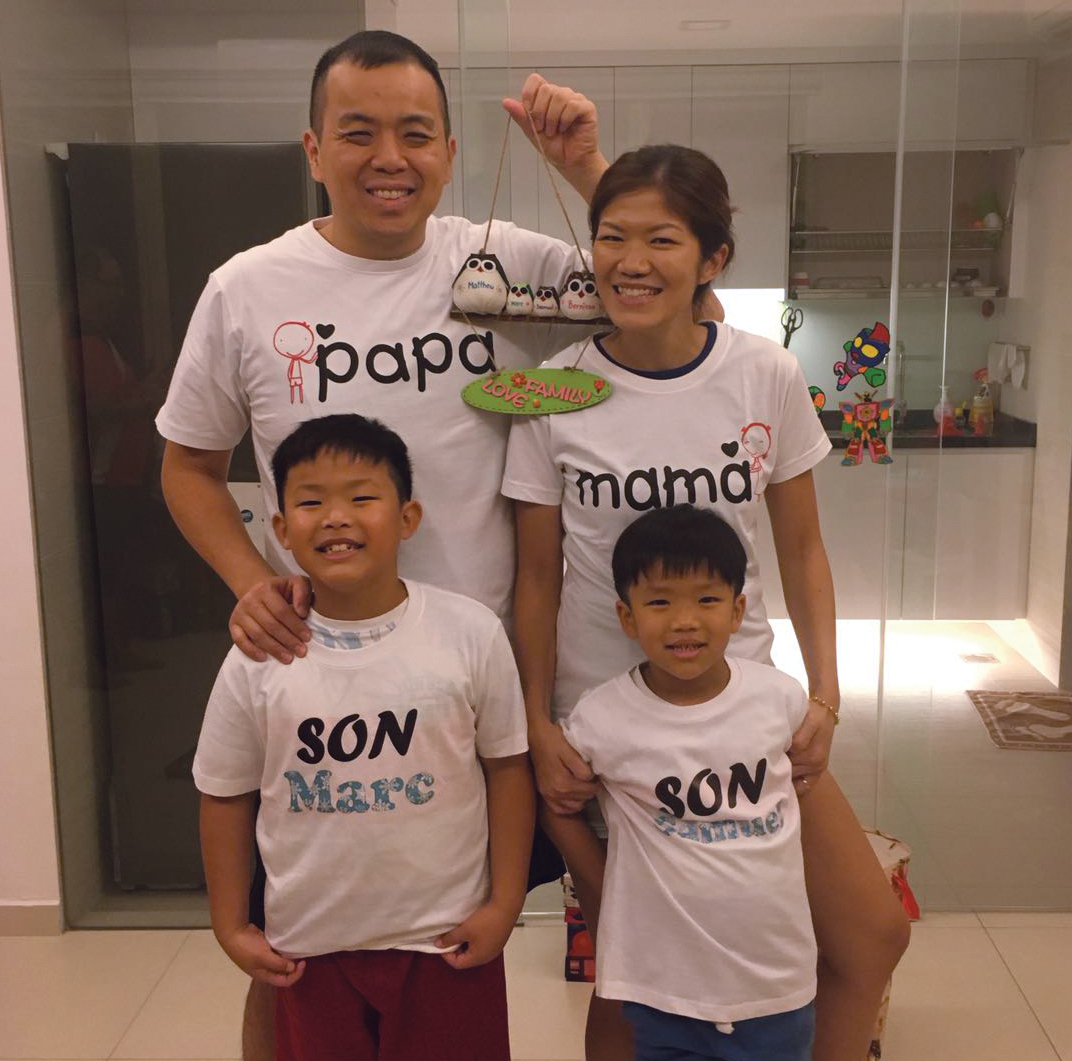Everyone has a different idea of creativity. Some associate it solely with the arts, accessible only by those with innate talent. Others consider creativity to be a much broader concept – an approach to learning, a mental framework, a mindset.
A mother of two boys (aged 8 and 10), Bernissa Chia had been a teacher and education professional for close to a decade. To her, creativity is enabling children to learn and explore freely, unhindered by pre-defined answers or the fear of making mistakes.
In such an environment, she believes that children are more likely to acquire a sense of active curiosity and critical thinking. They also develop the confidence to pose questions and express themselves without fear of saying the ‘wrong’ thing.
Provide opportunities and resources
Given the right opportunities and guidance, every child has the potential to unlock his or her creative side. Through play and interaction, parents can help their children to identify interests that could turn into long-term creative pursuits.
When Bernissa’s sons were toddlers, they were slowly exposed to different types of experiences for fun. Encouraged to explore things they were interested in, the boys happily tried out various activities from drama, music to soccer.
From a young age, Sam discovered a love for theatre and drama through lessons, which he has continued till today. Similarly, Marc, picked up the electric guitar from age four because he wanted to learn how to play his favourite songs. By pursuing creative activities aligned with their interests, the boys are more motivated to improve their skills and learn new things.
Explore possibilities instead of prescribing answers
Parents play a big role in incorporating creativity and critical thinking into a child’s early learning experience. While it is faster to simply tell a child what to do, this prevents them from thinking for themselves.
As a parent, Bernissa consciously avoids prescribing answers to questions or instructing them directly. Instead, she often asks, “Why not give it a try and see what happens?” By doing so, the boys are encouraged to think independently and take ownership of their learning journey.
Today, older boy Marc’s ability for problem solving and thinking out of the box has equipped him for leadership positions. Nurtured at home and in drama class, Sam has since shed his initial shyness and grown noticeably more confident.

Striking a balance and maintaining discipline
Bernissa believes that there must be a balance between creative and academic pursuits. In Singapore, a strong foundation in core subjects is important for children to do well in school. The boys thus took preschool Mandarin classes in addition to non-academic activities, which proved useful when they entered primary school.
After the initial fun and novelty of an activity wears off, it takes a certain amount of discipline to progress. Children must thus learn to balance between having fun and having the discipline to work towards meaningful learning goals.
The key, says Bernissa, is relevance. When children consider something to be relevant, they are more driven to make the most of the learning opportunity. By reminding the boys why they wanted to learn something, it helps them to focus and work on getting better.
Ultimately, effectively raising a generation of creative children requires a collective paradigm shift across homes, schools and society. Building conducive learning environments must be accompanied by a healthy demand for creativity in businesses and organisations. As with most things creativity-related, the only way to know what works is to give it a try.


Recent Comments